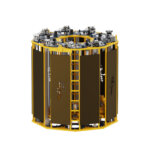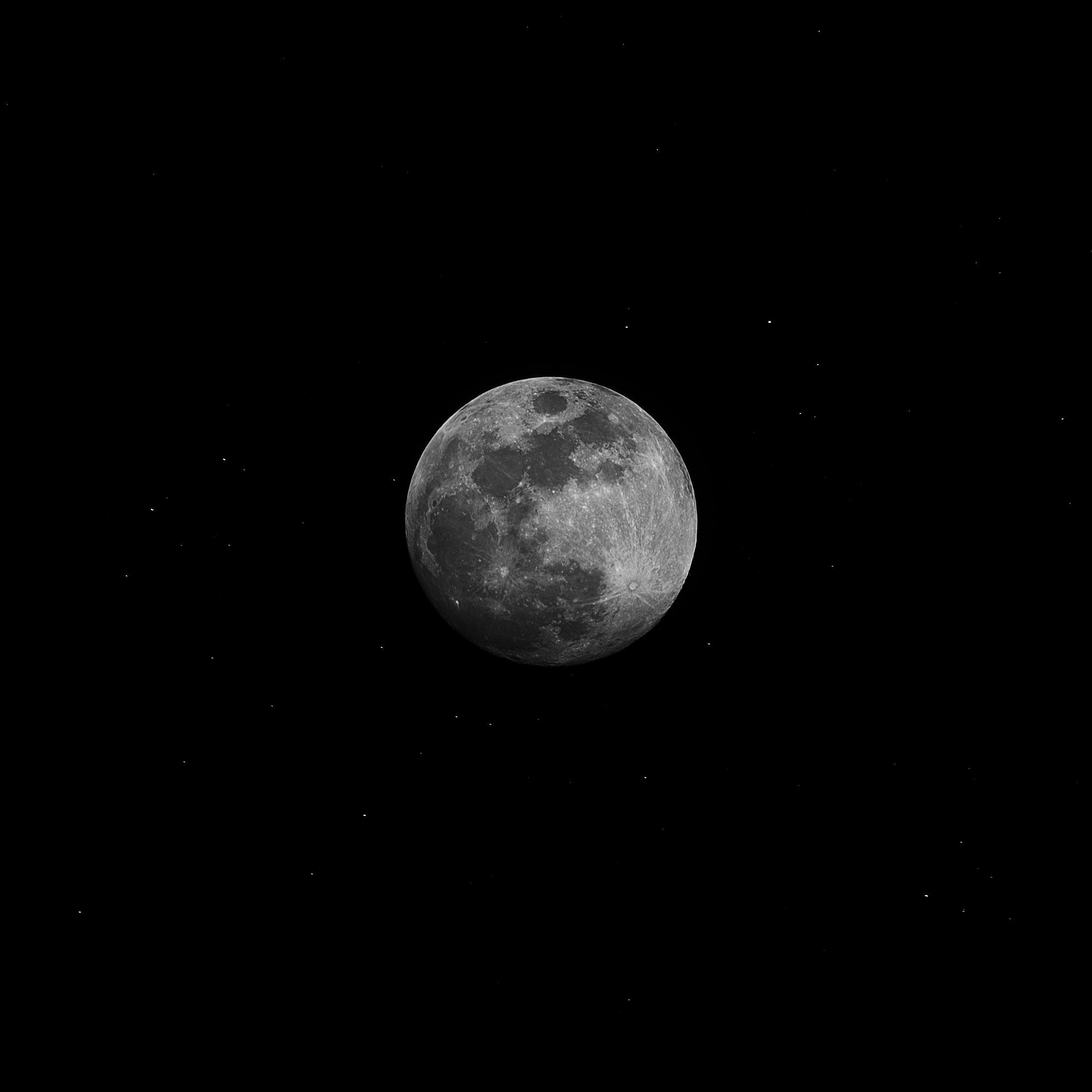RENA Technologies GmbH says it plans to take legal action against unauthorized use of its water cap patent in the United States and India, amid evidence of infringement by unspecified Chinese suppliers manufacturing equipment for solar cell production.
RENA Technologies GmbH claimed that it has discovered widespread infringement of its water cap patent, which protects the top surface during single-side etching of solar wafers. The patent covers the United States (US8685864B2), China (CN102754198B), and India (3496CHENP2012).
The German solar equipment maker said that evidence from the United States and India indicates that mainly Chinese suppliers are advertising, building, and distributing devices that enable solar cell manufacturers to perform mandatory single-side etching in passivated emitter rear contact (PERC) and tunnel oxide passivated contact (TOPCon) solar cell production without a required license. It did not identify any of the companies it claims are infringing on its patent.
RENA Technologies said in an online statement that it licenses the patent from Germany's SCHMID Group through a cross-licensing agreement, granting both companies worldwide rights to use the technology. Due to the scale of infringement, RENA Technologies now plans to initiate legal proceedings, primarily in the United States and India.
“We take the protection of our intellectual property very seriously,” said Peter Schneidewind, CEO of RENA Technologies. “The unauthorized use of patented technology jeopardizes our innovative strength and competitiveness in an anti-competitive manner.”
The patent is process-based, so legal action may extend to solar cell manufacturers using unlicensed systems, according to the company. Solar cells produced in violation of the patent also face a high risk of seizure worldwide, exposing companies involved in their use or resale to significant legal and financial risks, it added.
In April, RENA Technologies partnered with India-based solar cell and module manufacturer Premier Energies to advance process innovations for n-type solar cells and develop wet chemistry techniques for next-generation tandem solar cells. They said they aim to boost cell performance, increase production throughput, and reduce the carbon footprint in solar cell manufacturing.



























































